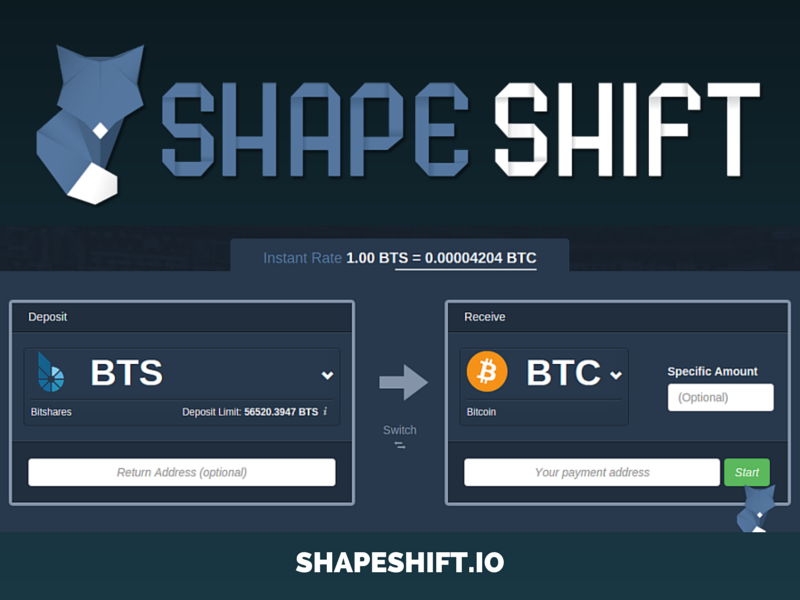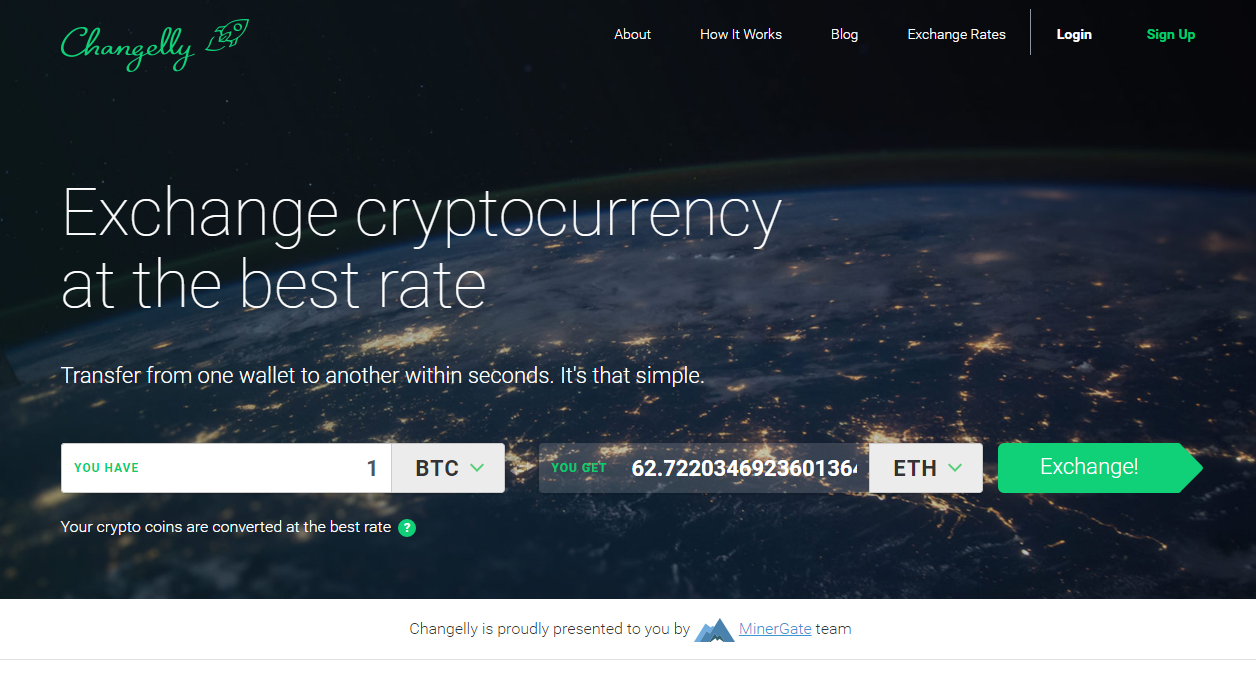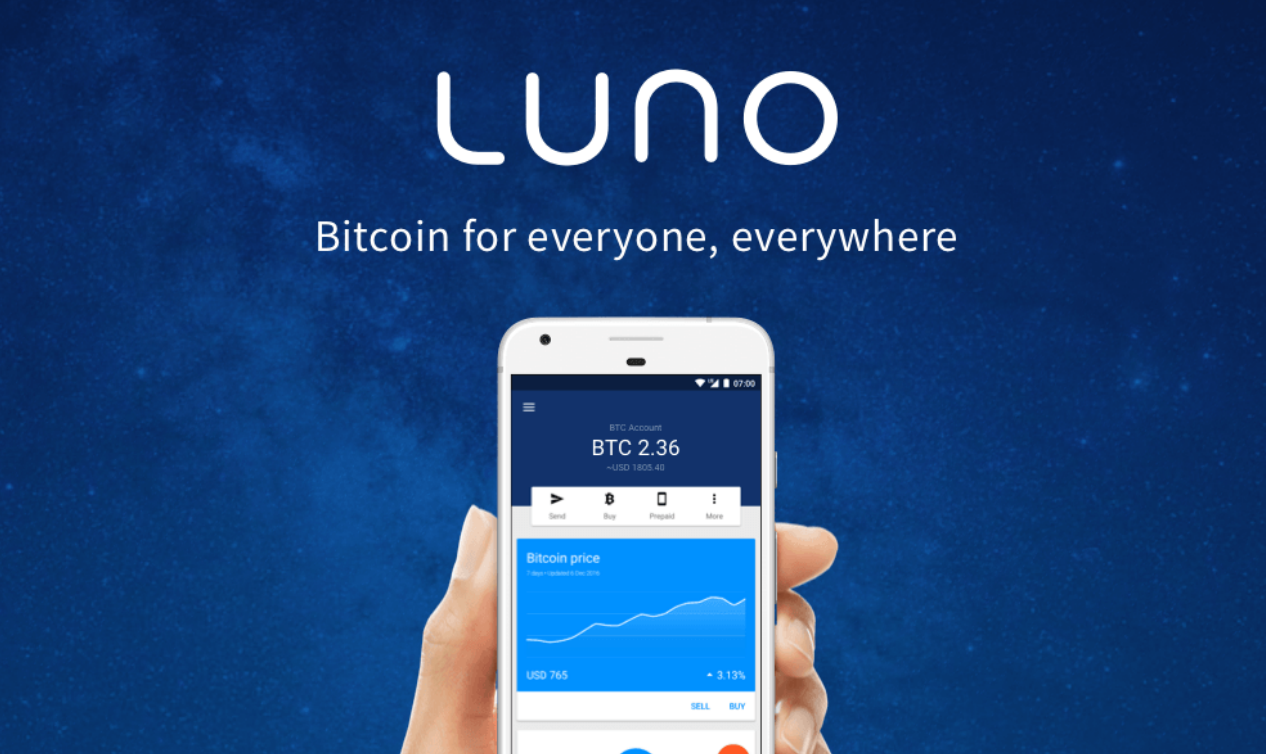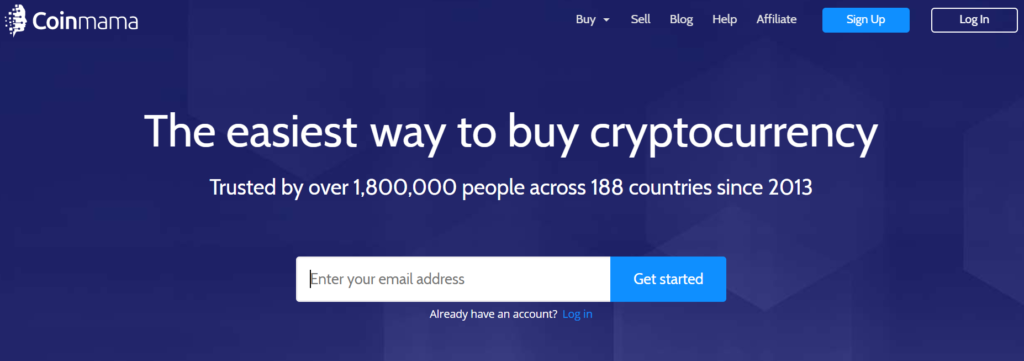The most popular way to get into crypto is to start mining crypto. There are a few other ways in which you can
earn crypto without spending any fiat money, but serious money is made by mining cryptocurrency.
Mining cryptocurrency like Bitcoin is an automatic process, a decentralized mechanism that creates Bitcoin out of thin air to provide rewards to miners for processing transactions. The result: a booming business in mining.
All you need to get into the business of mining cryptocurrency is a rack of high-speed computers and access to electricity anywhere in the world and you can essentially create cryptocurrency, simply by running free software.
Crypto Mining Business Model #1: Legal, Competitive Mining
In the early days of crypto, mining was a business for small-time entrepreneurs. The business soon became increasingly competitive, as miners purchased massively powerful computers while scaling up their operations to remain profitable.
Risks seemed low, as the original Bitcoin software was supposed to account for falling prices, making it easier to mine as the number of miners remaining in the game dropped, thus ensuring that there would always be enough miners to process all the transactions.
Then the Bitcoin crash came, severely limiting the ability for miners to churn out crypto while still making a profit. As it turns out, inefficiencies in the mining algorithm, combined with market pressure on the transaction fees that were supposed to partially compensate miners, has led to a squeeze on the ability for anyone to mine at a profit.
Legal crypto mining using electricity at market rates is now becoming increasingly unfeasible, even in places like Iceland, which have exceptionally low electricity rates combined with temperatures conducive for data centres filled with heat-generating computers.
Crypto Mining Business Model #2: Subsidized Electricity Mining
In Washington State, hydroelectric power generates far more juice than locals can consume, thus attracting a booming business in crypto mining.
“The region’s five huge hydroelectric dams, all owned by public utility districts, generate nearly six times as much power as the region’s residents and businesses can use,”
Explains Politico journalist Paul Roberts. “Most of the surplus is exported, at high prices, to markets like Seattle or Los Angeles, which allows the utilities to sell power locally at well below its cost of production.”
By 2015, however, the Washington Bitcoin mining craze had run its course. “Margins grew so thin—and, in fact, occasionally went negative—that miners had to spend their coins as soon as they mined them to pay their power bills,” Roberts adds.
If not Washington, then, what about Iran? “I come across some very interesting cases,” notes Mohsen Rajabi, an Iranian blockchain entrepreneur. “I recently set up a rig for a middle-aged customer who was not tech-savvy at all and had simply heard of mining and its potential profits. He wanted to start with ten devices installed at his factory because it can legally use extremely cheap industrial electricity.”
Crypto Mining Business Model #3: Steal Electricity
The electricity is the greatest cost of the mining business. If you can manage to cut that out, that chances of making a profit increase at once. In the early days of Bitcoin, college kids would use the university electricity to power their rigs from their dorm.
Today, in contrast, stealing electricity is serious business. “A Shanxi Datong [China] man named Xu Xinghua stole power from the poles near the West Second Plant of the Kouquan Railway, which was borrowed from November to December 2017,” reports Liu Yulin, writing in Chinese for The Paper.
“The coin ‘mining machine’ and three electric fans were operated for 24 hours,” she continues. “Xu Xinghua mined a total of 3.2 bitcoins, earning 120,000 yuan [$17,700], and the electricity generated by the stolen electricity was 104,000 [$15,340] yuan.”
What happened to the thief? “Xu Xinghua was sentenced to three years and six months in prison for committing theft and was fined 100,000 yuan [$14,750],” she reports. He also had to reimburse the electric company for the stolen power and forfeit his equipment.
This story is one of many, notable merely for the fact that the perpetrator was caught and the story appeared in the local paper. Many more instances are sure to be out there, as yet unreported.
Another popular, if potentially unintentional, way to steal electricity: set up a mining operation, take the profits, and then go out of business.
This is the story of one of the Washington State mining companies. “U.S.-based bitcoin mining firm Giga Watt has declared bankruptcy with millions still owed to creditors,” writes Yogita Khatri for Coindesk. “Creditors include the utilities provider in its Douglas County [Washington] base, having a claim of over $310,000, and electricity provider Neppel Electric, which is owed almost half a million dollars.”
One silver lining: there may be a possibility these stiffed utilities will eventually get some of their money back, as Giga Watt raised about $22 million in its ICO – and it’s possible the scammers were unable to spend or secret away all of the proceeds before the bankruptcy shut them down.
Crypto Mining Business Model #4: Cryptojacking
Illicit cryptocurrency mining (known as cryptojacking), has surpassed ransomware as the most popular form of cybercrime targeting enterprises.
Cryptojacking means introducing crypto mining software onto a target victim’s computer without their knowledge. The software starts generating crypto for the hacker while stealing processing power and electricity from the victim.
The cryptojacking problem, in fact, is much worse than it was when I wrote my article Top Cyberthreat Of 2018: Illicit Cryptomining in March 2018.
“Despite the volatility in the value of various cryptocurrencies, the trend of illicit cryptocurrency mining activity among cybercriminals shows no signs of abating,” according to David Liebenberg, senior threat analyst at Cisco Talos.
One of the reasons why the cryptojacking problem is getting worse is because the malware is getting better. One such package: Rocke. “Talos assesses with high confidence that Rocke will continue to leverage Git repositories to download and execute illicit mining onto victim machines,” continues Liebenberg.
Git repositories are where most of today’s enterprise software developers store and manage their source code – but such repositories are not Rocke’s creators’ only target. “It is interesting to note that they are expanding their toolset to include browser-based miners, difficult-to-detect trojans, and the Cobalt Strike malware [malware that leverages Cobalt Strike penetration testing software].”
Crypto Mining Business Model #5: Evading Sanctions
Another cryptocurrency mining business model is to evade sanctions.
For example, a pair of Iranian Bitcoin miners tried to take advantage of their local USD exchange rate: “At the time we bought the mining device, the rate of the US dollar in Iran was still quite high, so we figured we would make about $90 to $100 a month,” explains Ali Hosseini, an Iranian miner. “The cost of electricity is relatively low in Iran, so the math seemed viable.”
Hosseini’s cousin also spoke up. “Foreign exchange rates and Bitcoin prices have fallen and our profits have been slashed, but we’re not seeing losses yet,” says Pedram Ghasemi, another Iranian miner. “According to my calculations, the US dollar must drop below 110,000 Rials [about $2.60] and Bitcoin must be down to $2,000 for us to really lose.”
Another example is North Korea. Priscilla Moriuchi, a former top National Security Agency official and now director of strategic threat development at Recorded Future, estimates that North Korea may have earned up to $200 million in 2017 mining crypto.
How, then, would North Korea turn that crypto into hard currency? “North Korea has such extensive criminal networks that have been well-established for decades to facilitate illegal activities,” Moriuchi says. “If Pyongyang were able to cash out into physical currency, it would be relatively easy for them to move that currency back into North Korea and to buy things with the physical currency. I would bet that these coins are being turned into something — currency or physical goods — that are supporting North Korea’s nuclear and ballistic missile program.”
Crypto Mining Business Model #6: Mining at a Loss
This doesn’t come out as a rational business model, unless ensuring that crypto transactions can be completed is your primary motivation.
We know that crypto is (or at least use to be) essential to the operation of the Darknet. Many illegal businesses and organized crime syndicates depend on the successful exchange of crypto to move their contraband.
Should the value of Bitcoin or any other crypto drop to the point that no one could make money mining it, then such syndicates would likely step in to fill the void – mining at a loss to keep the crypto running.
For all the crypto fanatics out there, therefore, there is a reason to take heart – there’s no way crypto values will ever drop far enough for mining to cease. Organized crime wouldn’t let that happen.












